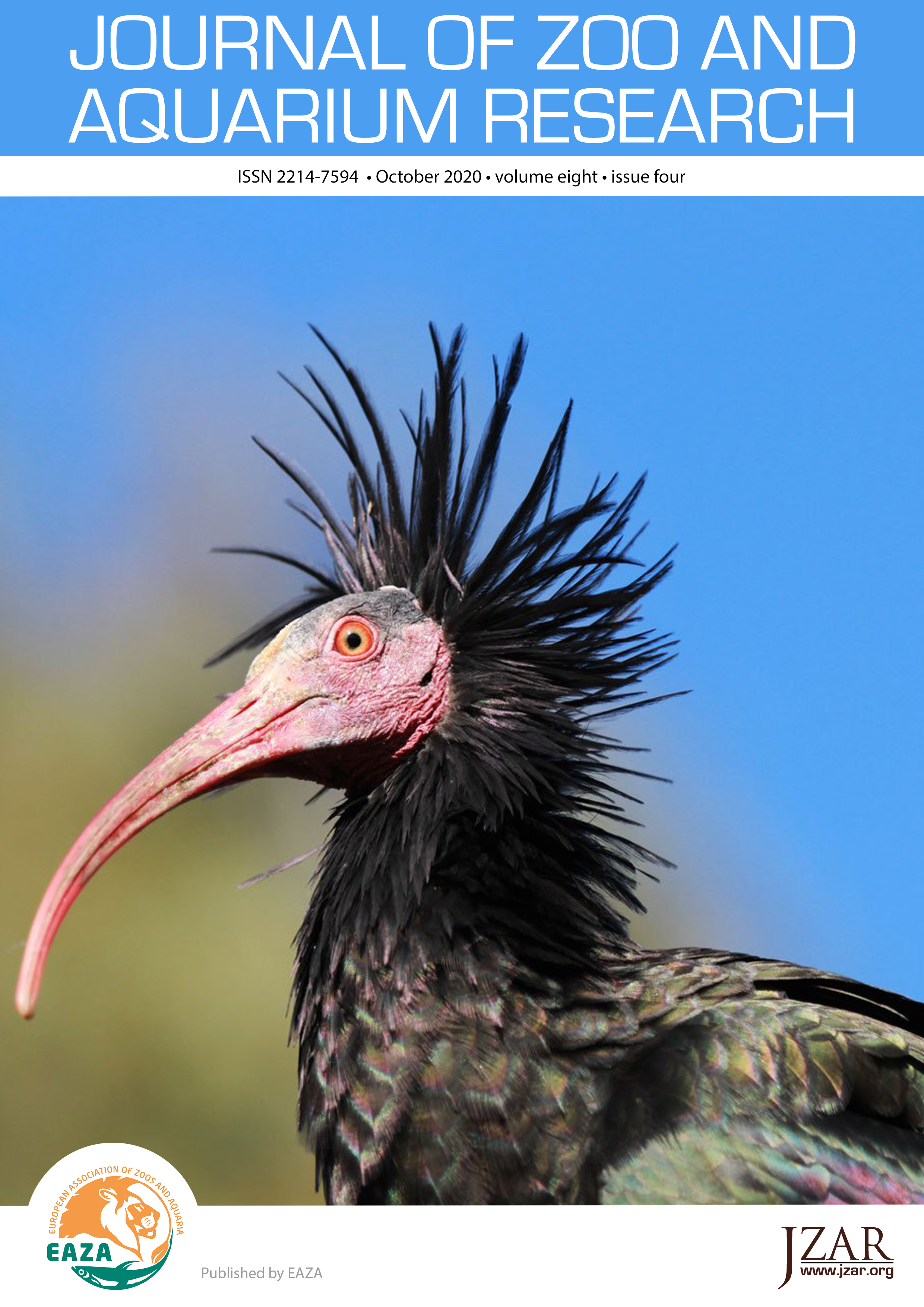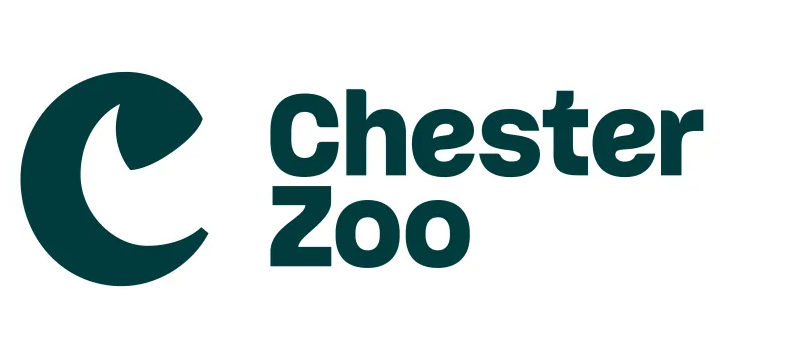Prevalence, infection intensity and genotyping of Giardia duodenalis in ring-tailed lemurs Lemur catta from European zoos and wild populations
DOI:
https://doi.org/10.19227/jzar.v8i4.509Keywords:
Zoonoses, Parasitology, Zoo populations, Madagascar, Enclosure Design, DiarrhoeaAbstract
Globally, Giardia duodenalis is probably the most common intestinal protozoan parasite infecting humans and it appears also to be common in some zoo-housed primates. Infected zoo animals present a risk for potential spill-over of zoonotic pathogens to co-residing animals, staff and visitors. Using quantitative PCR, this study compared Giardia spp. prevalence and infection intensity in wild and zoo-housed ring-tailed lemurs Lemur catta. Infection intensity of zoo-housed ring-tailed lemurs (prevalence=88.6%, median Ct value=31.1, IQR=27.1–34.5) was significantly higher (P>0.01) than in wild ring-tailed lemurs (prevalence=20.0%, median Ct value=37.7, IQR=37.5–38.7), where little or no Giardia was found. Comparison of the enclosure designs showed both a higher prevalence and significantly higher intensity (P>0.005) of Giardia infections in zoos with walk-through enclosures (prevalence=89%, median Ct value=28.6, IQR=26.5–32.3) compared to traditional enclosures (prevalence=65%, median Ct value=35.2, IQR=33.3–37.8), but there was substantial variation within groups. The potentially zoonotic G. duodenalis assemblage B was identified in samples from five zoos. These findings suggest that ring-tailed lemurs may be asymptomatic carriers of G. duodenalis and a higher parasitic load might occur in lemurs held in walk-through enclosures.
Downloads
Published
How to Cite
Issue
Section
License
JZAR fulfils the DOAJ definition of open access and provides free and open access to the full text of all content without delay under a Creative Commons licence. The copyright holder of JZAR publications grants usage rights to third parties, allowing for immediate free access to the work and permitting any user to read, download, copy, distribute, print, search, or link to the full texts of articles.







